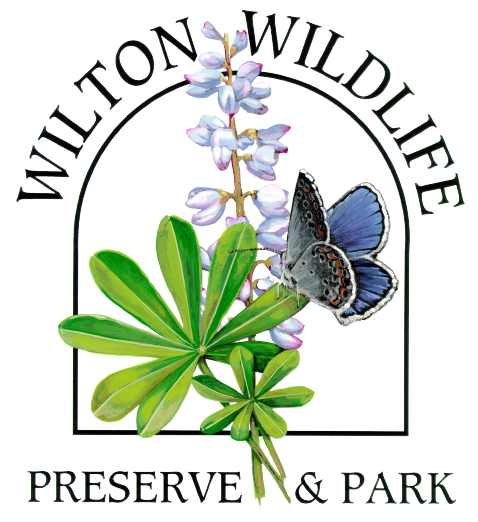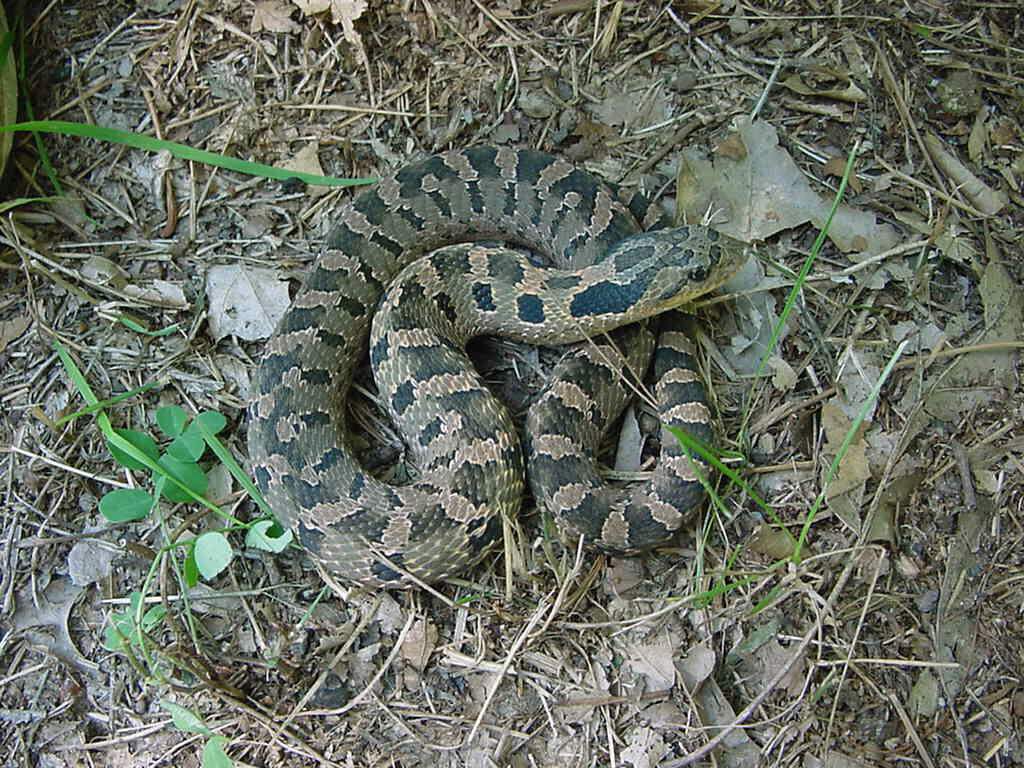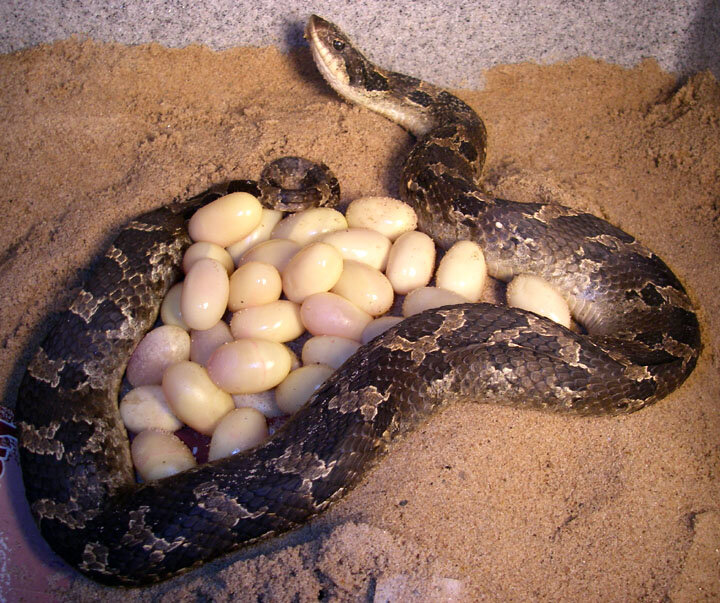Eastern Hognose Snake
Eastern hognose snakes have a listed conservation status in four states. In New York, this snake is a state-designated species of special concern.
Photo by Kenneth Barnett
Description
The eastern hognose snake is an average length of 20-33 inches. Their identifying feature is their upturned nose which is used for digging into sandy soil. This thick-bodied snake varies in color but usually has body colors of either yellow, brown, or black with a gray or yellow underside, and they are patterned with large rectangular spots.
Diet
Eastern hognose snakes eat a variety of animals including toads, frogs, salamanders, small mammals, and other invertebrates. Toads inflate their bodies as a defense mechanism, but these snakes have rear fangs that can be used to deflate toads which makes swallowing them easier. The eastern hognose snake is harmless to humans.
Life Cycle
In spring, after coming out of hibernation, males and females mate. The female then excavates a nest several inches deep and lays between 4 and 61 eggs with the average number being 24. She then covers up the nest and leaves. Eggs hatch in 39 to 65 days yielding young that approximate 7 inches. Hognose snakes reach sexual maturity in two years. In mid- to late-October, the eastern hognose will use its upturned hog-like nose to burrow deep into the sandy soil and hibernate. It may also take advantage of an existing mammal-created hole.
Habitat
Areas with sandy or gravely soil are the most common locations to find eastern hognose snakes. They require these types of soil to bury themselves for hibernation. The parcels that comprise Wilton Wildlife Preserve & Park provide great habitat for this snake, as we are located in the Saratoga Sand Plains. They are typically found in woodlands and open fields.
Defense Displays
The eastern hognose snake has many predators including raccoons, opossums, predatory birds, and even other snakes. In response to being preyed upon by so many species, the eastern hognose snake has several theatrical defense displays. When first threatened, they will imitate a cobra by sucking in air and puffing up the skin around their head and neck. They will then hiss and lunge at the predator. If this doesn't ward off the predator, the eastern hognose snake will play dead; this involves rolling onto their back, hanging their tongue out of their mouth, and defecating.
Photo by Kenneth Barnett
Why are they a species of special concern?
While they are not endangered or threatened, the eastern hognose snake still holds a conservation status of special concern in New York State for a few reasons. They require a specific habitat, so development of the sandy areas that these snakes live in leads to loss of habitat and decreases in population. They are highly mobile, but their habitats can be fragmented by roads; this means that the eastern hognose snake is vulnerable to road mortality.
What is being done?
There is legislation to protect the eastern hognose from being sold or from becoming game species. The New York State Department of Environmental Conservation has a list of strategies to manage and protect this species including habitat management, life history research, and population monitoring. All of these are recommended because it is important to understand the needs of the eastern hognose in order to successfully manage and promote their populations.
What can you do?
If you see an eastern hognose snake imitating a cobra or displaying another defensive behavior, do not be alarmed. They are not dangerous to humans. It is also important to support organizations and efforts that help conserve and protect eastern hognose snake populations where they are species of concern.



